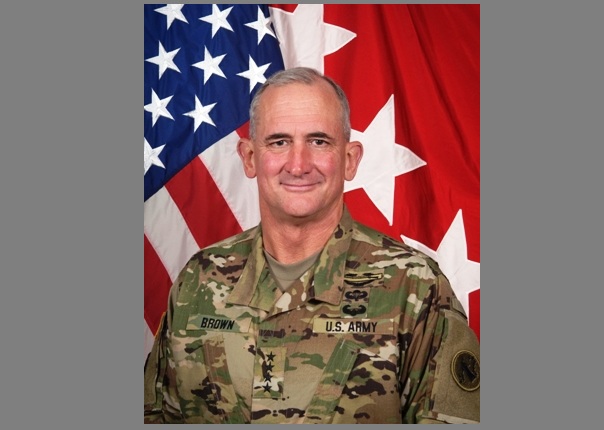In August, U.S. Secretary of State John Kerry visited Dhaka and spoke about the strength of the U.S.-Bangladesh partnership.
He mentioned that our two countries now work together on everything from health care to education to regional and global security. As the Commanding General of the U.S. Army in the Pacific (USARPAC), I want to highlight another aspect of our partnership that shows how our two countries are working and training together to improve our capability to respond to natural disasters and save human lives.
Since 2010 we have conducted annual bi-lateral training events focused on how to better deal with earthquakes in Bangladesh. With each year, the dynamics of the training have become more robust and complex, and the result is that our ability to work together in a coordinated fashion continues to grow. The first time that we conducted this training, we simply shared ideas on how to manage a crisis and gained an understanding of a shared lexicon on disaster response. It was an excellent first step, and the engagement has grown. Since that first iteration, we have added other areas of discussion and training, such as how to conduct search and rescue operations to save human beings trapped under rubble. We have also worked through the process of how to establish joint and interagency communications centers in the midst of a major catastrophic event.
This year’s Disaster Response Exercise and Exchange, or DREE, which takes place September 26- October 6 in Dhaka, once again involves members of both of our militaries as well as other government officials and nongovernment organizations. The first event at the DREE was academic; leaders were given an opportunity to discuss how they would coordinate amongst themselves and how their ministries, departments, and units would act together to overcome the specific challenges that develop when an earthquake strikes in a heavily populated community. We then built on this positive dialogue by conducting a field training exercise where first responders were asked to put their skills to the test to accomplish one of the most important tasks that any of us will ever have to face: saving a fellow human being under the very difficult conditions that accompany a natural disaster.
This year’s event features 250 participants taking part in the table-top exercise and a total of 680 participants taking part in the subsequent field training exercise. Approximately 25 participants are from the United States, including representatives from the U.S. Army and the U.S. State Department. Bangladesh has extended invitations to many countries to observe this exercise and we are hopeful that this will encourage all nations in the region to cooperate in the hour of greatest need. The bottom line is that disaster response is not easy: in order to do it well, training must be realistic and challenging for all the participants. Lives lay in the balance; it is always important for governments to explore new ways to improve their systems and protocols so they can be most effective when their people need them most.
This DREE is part of USARPAC’s Pacific Resilience series of exercises. Pacific Resilience is our main training and exercise program with countries in the Indo-Asia-Pacific, and is designed to engage, partner, and prepare, in a “whole of government” approach that includes both military and civilian organizations to plan and execute events. We utilize medical, engineering, humanitarian, disaster relief, and other assets to implement and exercise plans, rigorously putting equipment and personnel up against a variety of emergency scenarios that might impact the Indo-Asia-Pacific region. Pacific Resilience is based on sharing best practices and lessons learned across the Humanitarian Assistance/Disaster Relief spectrum to enhance all parties’ ability to respond to and recover from a disaster.
As Secretary Kerry said during his visit to Bangladesh, we will continue to work hard to build and strengthen the relationship between our two great nations. We see this DREE as part of our enduring partnership with Bangladesh and way to help both our countries better prepare for the next natural disaster.
Source: Ittefaq








